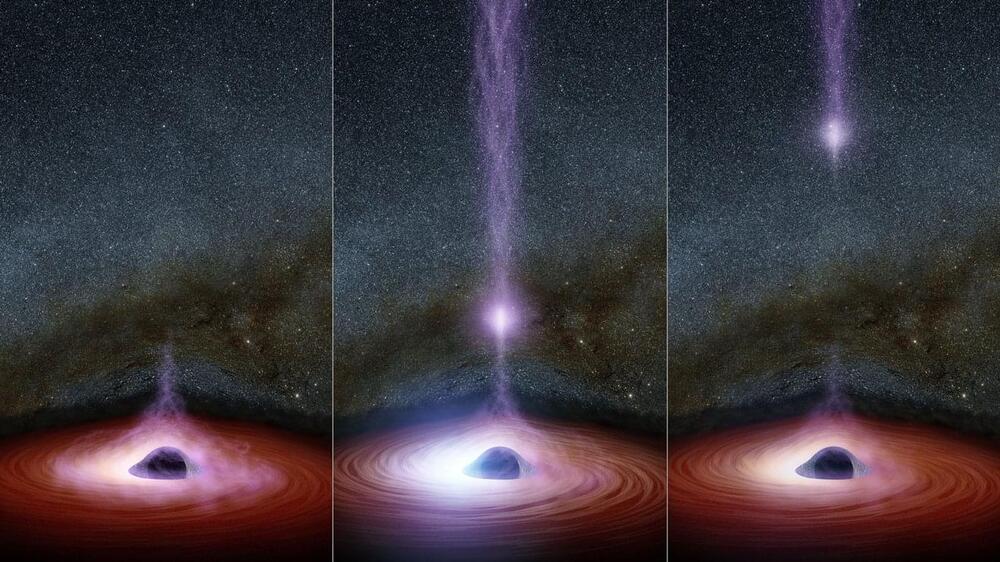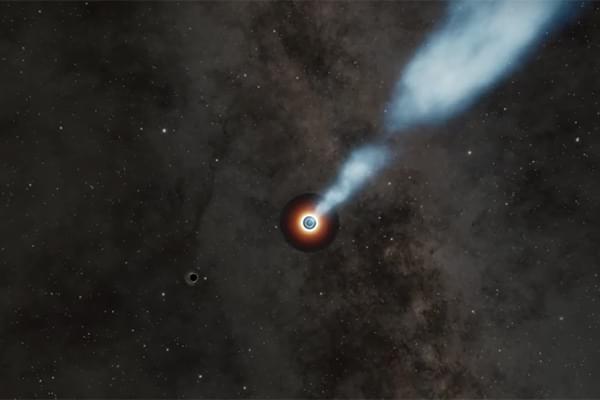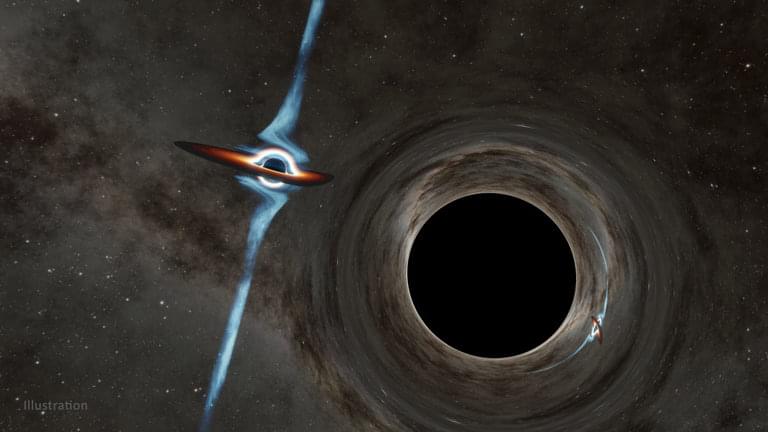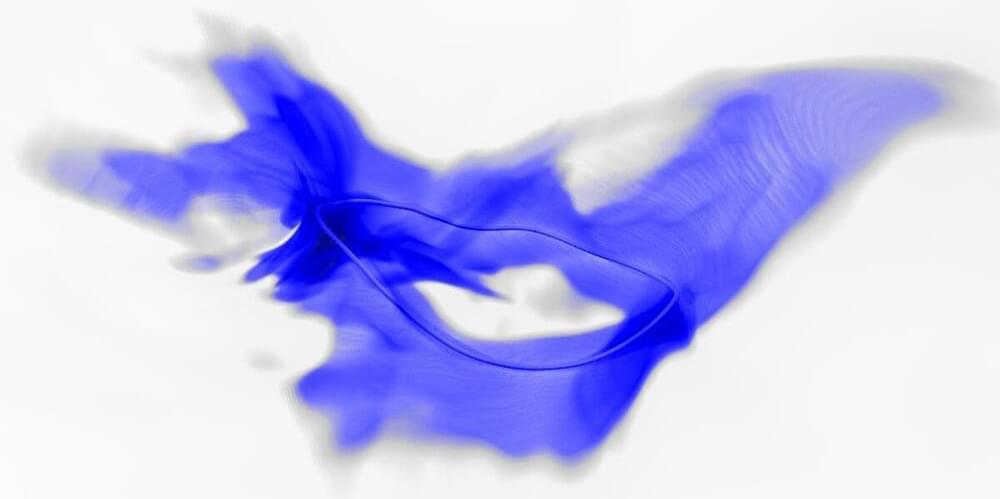You don’t need to be an expert in science to understand that black holes often pull things in rather than spit them out. However, NASA has just discovered something quite weird around the supermassive black hole Markarian 335.


“The next universe will be just like ours — but only in overall appearance, not in detail, of course…”
A researcher may just have discovered conclusive evidence that another cosmos existed before this one. Not only that, but he also claims that ours is just the latest in an infinite series of universes. Professor Sir Roger Penrose argues that our known cosmos is the latest in a long line of previous universes, answering the question of what was ‘there’ before the Big Bang.
Another Universe Before This One
According to Professor Sir Roger Penrose, a former College of late Professor Hawking, our universe still carries the scars of the events of our universe’s predecessor, which was destroyed some 14 billion years ago. Prof Penrose, a researcher from the University of Oxford, is one of the world’s most distinguished theoretical physicists. He claims evidence suggests our universe is just the latest in an infinite series of universes, each emerging phoenix-like from its predecessor in a Big Bang.

Both quantum computing and machine learning have been touted as the next big computer revolution for a fair while now.
However, experts have pointed out that these techniques aren’t generalized tools – they will only be the great leap forward in computer power for very specialized algorithms, and even more rarely will they be able to work on the same problem.
One such example of where they might work together is modeling the answer to one of the thorniest problems in physics: How does General Relativity relate to the Standard Model?

A huge amount of mysterious dark energy is necessary to explain cosmological phenomena, such as the accelerated expansion of the Universe, using Einstein’s theory. But what if dark energy was just an illusion and general relativity itself had to be modified? A new SISSA study, published in Physical Review Letters, offers a new approach to answer this question. Thanks to huge computational and mathematical effort, scientists produced the first simulation ever of merging binary neutron stars in theories beyond general relativity that reproduce a dark-energy like behavior on cosmological scales. This allows the comparison of Einstein’s theory and modified versions of it, and, with sufficiently accurate data, may solve the dark energy mystery.
For about 100 years now, general relativity has been very successful at describing gravity on a variety of regimes, passing all experimental tests on Earth and the solar system. However, to explain cosmological observations such as the observed accelerated expansion of the Universe, we need to introduce dark components, such as dark matter and dark energy, which still remain a mystery.
Enrico Barausse, astrophysicist at SISSA (Scuola Internazionale Superiore di Studi Avanzati) and principal investigator of the ERC grant GRAMS (GRavity from Astrophysical to Microscopic Scales) questions whether dark energy is real or, instead, it may be interpreted as a breakdown of our understanding of gravity. “The existence of dark energy could be just an illusion,” he says, “the accelerated expansion of the Universe might be caused by some yet unknown modifications of general relativity, a sort of ‘dark gravity’.”

Astronomers have discovered a pair of supermassive black holes that whirl around each other every two years.
A team of astronomers has caught two supermassive black holes in the process of merging. It’s only the second time we’ve observed such a close cosmic tango and this pair are even more tightly entwined than the first duo, offering unique insights into how such mergers unfold.
The black holes in question sit some 9 billion light-years away in the heart of a distant galaxy. As one of them gorges on surrounding material, it creates a radio jet that just so happens to be pointing directly at Earth. Such objects, which we call blazars, are volatile, typically flaring and dimming randomly.


Physicists searching—unsuccessfully—for today’s most favored candidate for dark matter, the axion, have been looking in the wrong place, according to a new supercomputer simulation of how axions were produced shortly after the Big Bang 13.6 billion years ago.
Using new calculational techniques and one of the world’s largest computers, Benjamin Safdi, assistant professor of physics at the University of California, Berkeley; Malte Buschmann, a postdoctoral research associate at Princeton University; and colleagues at MIT and Lawrence Berkeley National Laboratory simulated the era when axions would have been produced, approximately a billionth of a billionth of a billionth of a second after the universe came into existence and after the epoch of cosmic inflation.
The simulation at Berkeley Lab’s National Research Scientific Computing Center (NERSC) found the axion’s mass to be more than twice as big as theorists and experimenters have thought: between 40 and 180 microelectron volts (micro-eV, or μeV), or about one 10-billionth the mass of the electron. There are indications, Safdi said, that the mass is close to 65 μeV. Since physicists began looking for the axion 40 years ago, estimates of the mass have ranged widely, from a few μeV to 500 μeV.
